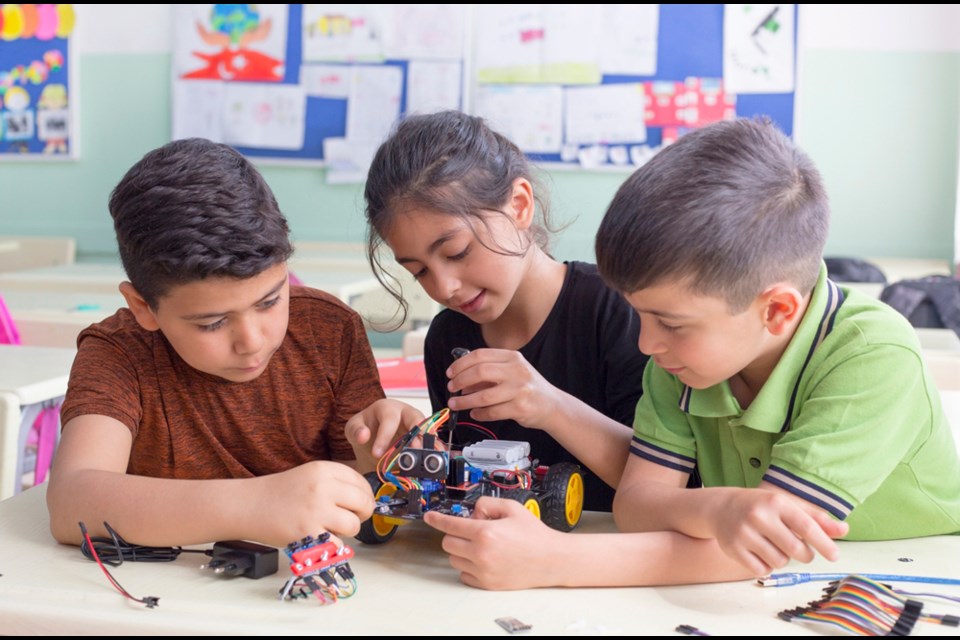There are many different ways a child can learn.
Because each child is unique, with different learning styles and academic needs, it is important to personalize the learning process.
“When a child realizes how they individually learn best, they feel empowered,” Barbara Schilling, North and West Vancouver Sylvan Learning centre director, says.
“Sylvan has a lot of diagnostic tools that we use when students come in for an assessment to find out what kind of learner they are. We use clinical testing as well as observations from our experience working with children.”
Sylvan Learning is the leading provider of tutoring to students of all ages, grades and skill levels, using individualized learning plans to help students excel in their school work.
Keeping in mind that different children have different needs is crucial, Schilling says.
“Some kids will tell me their parents won’t let them have music while they’re doing school work. For many that’s good advice, but for others it’s not,” Schilling says.
“For some people, if it’s too quiet, they can’t learn. Those kinds of things are good for kids and parents to be aware of.”
Understanding a child’s learning style can help a parent and teacher personalize instruction or homework to ensure peak performance in school and build a child’s self-confidence.
People learn in at least eight different ways, according to the Multiple Intelligences Theory: visually, verbally, physically, mathematically, musically, naturalistically, through group activity or through quiet thinking time.
“Evidence shows that students who are strong auditory learners do the best at university because they can sit and take in information,” Schilling says.
“But for most of us, that’s not how we learn best. Even the act of taking notes, even if we never look at them again, helps to embed the lessons.”
If it’s clear that something is not clicking for your child academically, it might be time to reconsider the way you’re approaching school work.
Sylvan Learning has provided these outlines to assist parents in determining what type of learning style their child exhibits, keeping in mind that a child may exhibit more than one of the following learning styles.
Parents can also visit their local Sylvan Learning for a more detailed analysis of how their child learns.
Visual/Spatial
These learners enjoy photography, visual metaphors, puzzles, illustrations and story maps. Seeing a bar graph on the cost of different cars, for instance, would be a better learning tool than hearing a list of prices read aloud.
Verbal/Linguistic
These learners shine in activities such as storytelling, public speaking, drama and journal writing.
Bodily/Kinesthetic
These learners thrive on hands-on experiments, field trips, body language, crafts and sports. Take a field trip to a local factory, then make a visual display of what was learned.
Logical/Mathematical
These learners tend to be better at problem-solving, coding, data collecting, money management and scientific models. Help your child create a budget sheet that itemizes every cent spent during a one-month period.
Musical/Rhythmic
These students may play an instrument, sing, hum or tap during work or require background music while they study. Turn memorization exercises into rhythmic word play and set it to any musical style.
Intrapersonal
These learners work better alone, doing individual study, personal goal-setting and self-esteem activities. This type of student can write down one objective and record the steps to achieving it.
Interpersonal
These learners work better in group activities, such as clubs, peer teaching, conflict mediation and active discussions.
Naturalist
These learners tend to better understand ideas when it is related to a natural occurrence. These learners prefer outdoor activities (e.g., camping, gardening, hiking, bird-watching, etc.).
For more educational resources for children in grades pre-K through 12, please visit www.SylvanLearning.com.



